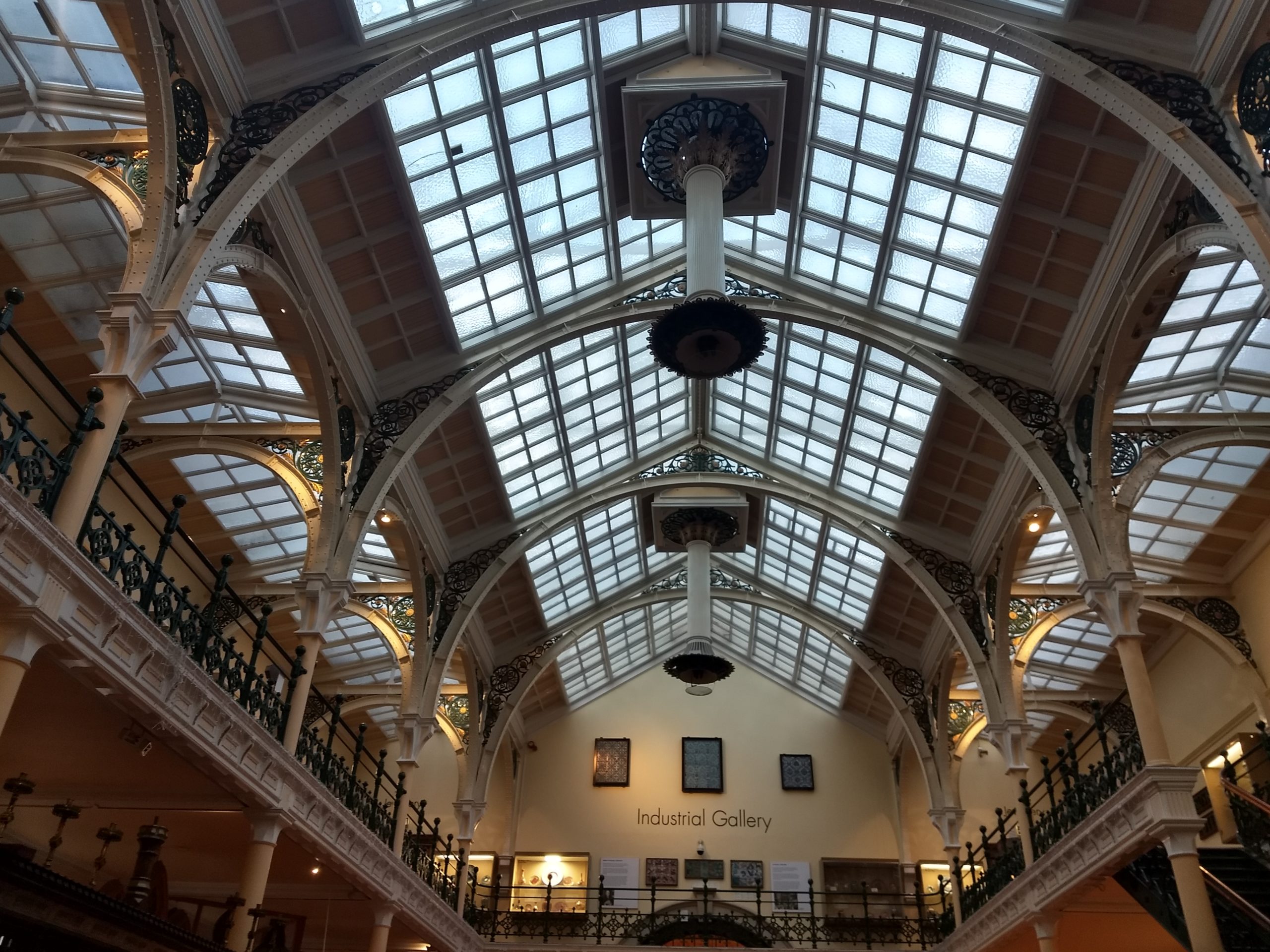Birmingham Museum & Art Gallery is one of Birmingham’s crowning glories. It stands proud and easily recognise-able on the skyline of this our wonderful city. I’ve been meaning to review this for some time and find myself with two many highlights. consequently this post shall be split in two parts. This is the first, in case you were curious.
Andrea Fantoni (attributed to) – Figure Of Christ Crucified (Without Supporting Cross) circa 1690
Of course, following the recent theme, it would be remiss of me not to open with Catholic Iconography. This was presumably made by Andrea Fantoni, an Italian sculptor and woodcarver of the late-Baroque period trained under the auspices of Pietro Ramus. Andrea is most famed for the “confessional from the Basilica of Santa Maria Maggiore, Bergamo, and the Duomo of St. Alessandro in Brescia, as well as the pulpit in the Basilica di San Martino at Alzano Lombardo” (Wikipedia)
This piece was made from Boxwood which is a beautiful hard wood capable of being highly polished. This representation of Christ crucified is full of agony. This is beautifully represented in the facial expressions, stringing of the limbs and heaving chest cavity. The hair was also done marvellously. I was quite taken by this sculpture. Emotion is difficult to render in wood.
Benjamin Williams Leader (1831–1923) – February, Fill Dyke
Leader was a landscape painter whose early inspiration came from the Worcestershire countryside. In 1881, February Fill Dyke was exhibited at the Royal Academy to great acclaim and Leader was made an associate (ARA) in 1883, becoming a Royal Academician (RA) in 1898 (Wikipedia). This was by all accounts one of his most popular works.
I was struck by the composure of this painting. Depicting a wet November morning in Leader’s native Worcestershire, the colouring in the sky is beautifully reflected in the puddles. One can also see an elderly woman collecting wood for her fire and two children walking their dogs. I think this piece is intimate, beautifully conceived and immaculately executed. And, perhaps above all, quintessentially English.
John Brett (1831–1902), A North-West Gale off the Longships Lighthouse, 1873
The final piece for this post if from John Brett. What I look for in paintings with water is how motion is depicted. There is lots of it here, as with any turbulent sea piece. Brett has chose to keep this one free of boats, which means we can focus on the turbulence of the waves as contrasted against the relative calm of the clouds. These are united beautifully by the rays of sunshine, broken in parts by the spray of water from the clouds. This piece, with its small lighthouse at the centre, is quite superlative in its composition, subject matter and tasteful execution. It is only s shame the museum put it so high up on the wall!
He also studied with Richard Redgrave. In 1853 he entered the Royal Academy schools, but was more interested in the ideas of John Ruskin and William Holman Hunt, whom he met through his friend the poet Coventry Patmore. Inspired by Hunt’s ideal of scientific landscape painting, Brett visited Switzerland, where he worked on topographical landscapes and came under the further influence of John William Inchbold. Wikipedia
Stay tuned for Part 2 of my Birmingham Museum & Art Gallery Highlights.




